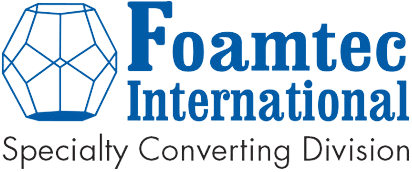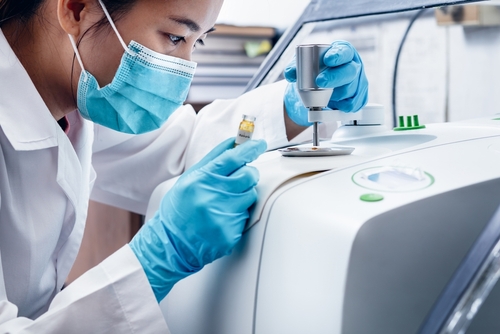In the electronics and automotive industries foam products serve critical roles, ranging from thermal insulation and vibration damping to electromagnetic interference (EMI) shielding. However, a crucial factor that must be managed meticulously in these applications is the outgassing emissions of foam products. Outgassing, the release of volatile organic compounds (VOCs) and other gases from a material, can have significant implications on performance, safety, and environmental compliance.
Understanding Outgassing in Foam Products
Foam materials, particularly those based on polymers such as polyethylene (PE), polyurethane (PU), and polyimide, often release gases during their lifecycle. These emissions can originate from residual solvents, unreacted monomers, plasticizers, or other additives used during manufacturing. While these emissions may be negligible in open environments, they become critical in enclosed or sensitive environments, such as electronic devices or automotive interiors.
Implications of Outgassing in Electronics
- Component Reliability: In electronic assemblies, outgassing can lead to the deposition of volatile residues on delicate components such as printed circuit boards (PCBs), sensors, and optical lenses. These residues can degrade performance by increasing resistance, altering signal integrity, or causing short circuits.
- Thermal and EMI Shielding Efficiency: Many foam materials are employed for thermal management and EMI shielding. Outgassing can compromise the stability of these properties, leading to premature failures and increased maintenance costs.
- Contamination in High-Precision Environments: Applications in aerospace and semiconductor industries demand stringent cleanliness. Outgassed particles can compromise these environments, leading to defects in manufacturing or system failures.
Implications of Outgassing in Automotive Applications
- Air Quality and Passenger Health: VOC emissions from foam components used in seats, dashboards, and insulation materials contribute to the “new car smell.” While initially appealing, prolonged exposure to these emissions can impact air quality and pose health risks to passengers.
- Durability of Materials: Outgassing can accelerate material degradation, causing changes in mechanical properties, discoloration, and reduced lifespan of foam products.
- Regulatory Compliance: With an increasing focus on sustainability, automotive manufacturers must adhere to strict standards such as the European Union’s REACH regulation. Monitoring and minimizing outgassing emissions are vital for compliance.
Strategies to Control and Minimize Outgassing
- Material Selection: Opting for low-emission materials, such as crosslinked PE or advanced polyimides, reduces outgassing potential. Material testing and certification (e.g., ISO 13485 or UL94) can ensure compliance with industry standards.
- Manufacturing Processes: Employing processes such as vacuum degassing, thermal post-curing, or using additives that bind volatiles can significantly lower outgassing levels.
- Testing and Validation: Regular testing using techniques like thermogravimetric analysis (TGA), mass spectrometry, or Fourier-transform infrared spectroscopy (FTIR) can quantify and monitor emissions throughout a product’s lifecycle.
- Design Considerations: Incorporating venting systems or barriers to isolate foam products in assemblies can mitigate the impact of outgassing on critical components.
Foamtec International: Excellence in Outgassing Emission Control
Foamtec International’s Specialty Converting division has established itself as a leader in the development and production of foam products that meet the stringent requirements of the electronics and automotive industries. With decades of experience, Foamtec International leverages its advanced R&D capabilities to engineer materials with minimal outgassing properties. Our state-of-the-art facilities and rigorous testing protocols ensure that every product meets or exceeds industry standards.
Material Innovation
The demand for low-emission foam materials is expected to rise as industries transition towards greener and more sustainable practices. Innovations in material science, such as the development of bio-based and recyclable foams, offer promising solutions to outgassing challenges. Furthermore, advancements in simulation tools enable manufacturers to predict outgassing behavior early in the design phase, ensuring optimized material performance.
Foamtec International Specialty Division’s expertise and commitment to innovation make us a trusted partner in the automotive and electronics industries. As industries continue to push the boundaries of technology, managing outgassing emissions will remain an essential aspect of material design and application.




